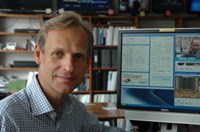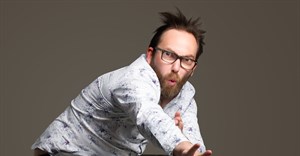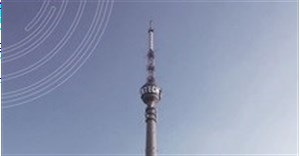Danish digital radio trials with DVB-T2 Lite go live in November

A recent report by The Danish Agency for Libraries and Media outlined the numerous problems and difficult choices that must be taken in connection with the strategy for the future of radio broadcasting in Denmark.
DAB+, the upgraded version of DAB, the known and safe choice, will only triple the number of transmitted channels, but as it relies on DAB transmission technology, including the first layer of error correction, it will inherit all the fundamental weaknesses of the DAB transmission layer.
DVB-T2 provides increase in capacity
The technologically superior choice is DVB-T2 that will provide a 2.5 to 4 times increase in capacity compared to the DAB/DAB+ standard under the same broadcasting conditions (2 ½ - 4 Mbit/s vs ~1MBit/s). Furthermore, DVB-T2 is better for indoor reception and less sensitive to impulse noise (sparks). It is also believed that the standard is better suited for in-car reception. Alternatively, if the aim is to transmit the same capacity as DAB/DAB+ (~1 Mbit/s), DVB-T2 will allow to select parameters for higher robustness. The required signal strength for 1 Mbit/s transmission could be reduced by 3 to 5 times, compared to DAB, with the equivalent reduction of the transmission costs.
The new DVB-T2 Lite profile, a subset of DVB-T2, will allow more cost efficient receiver implementations for very low capacity applications such as digital radio and mobile broadcasting.
Open Channel has already undertaken DVB-T2 field trials with four technology partners: ProTelevision Technologies (DK), T-Vips (N), BTESA (ES) and Dektec (NL). They have all subsequently added support for 1.7 MHz bandwidth and DVB-T2 Lite profile stand-alone to their DVB-T2 products.
"We made our original DVB-T2 trials with what is now known as the DVB-T2 Base Profile, and have proven that we can transmit radio channels in separate PLPs, using the ProTelevision PT2082 DVB-T2 modulator, the T-Vips CP560 T2 Gateway, and receive the signal with the Dektec DTA-2135-T2 DVB-T2*," says Kenneth Wenzel, CEO of Open Channel and project manager of the field trials.
Room to transmit 40-60 digital radio stations
In a DVB-T2 mux on a T-DAB frequency, there is room to transmit 40 - 60 digital radio stations. "We plan to start broadcasting 16 digital radio stations in each PLP's, totaling 16 PLP's and which we in 2012 will expand to 48 PLP's each with its own digital radio station", continues Wenzel.
For the 1.7 MHz trials, Open Channel has obtained licence to transmit on VHF Channel 9D in the Greater Copenhagen area.
"When our 1.7 MHz trials start, we will use parameters from the common subset of the T2 Base and T2 Lite profiles. Once receivers for DVB-T2 Lite become available, we will change the signalling and start to investigate the full possibilities of T2-Lite.
"Our DVB-T2 trial has generated a lot of interest, and many manufacturers have expressed interest in doing 1.7 MHz implementations in their iDTVs and STBs for our experiment. Digital handheld devices using DVB-T2 have even been discussed", adds Wenzel.



